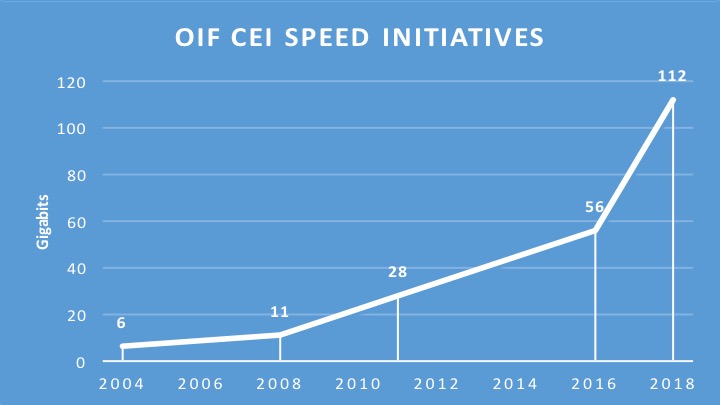Turning to optical I/O to open up computing pinch points
 Wednesday, August 18, 2021 at 11:14AM
Wednesday, August 18, 2021 at 11:14AM Getting data in and out of chips used for modern computing has become a key challenge for designers.
 Hugo Saleh
Hugo Saleh
A chip may talk to a neighbouring device in the same platform or to a chip across the data centre.
The sheer quantity of data and the reaches involved - tens or hundreds of meters - is why the industry is turning to optical for a chip’s input-output (I/O).
It is this technology transition that excites Ayar Labs.
The US start-up showcased its latest TeraPHY optical I/O chiplet operating at 1 terabit-per-second (Tbps) during the OFC virtual conference and exhibition held in June.






